





 |
 |
 |
 |
 |
 |
| Kazuo Lim Khee Boon | profile | all galleries >> My Travel Album >> Japan >> Tokyo >> Tokyo >> Odaiba | tree view | thumbnails | slideshow |
Odaiba

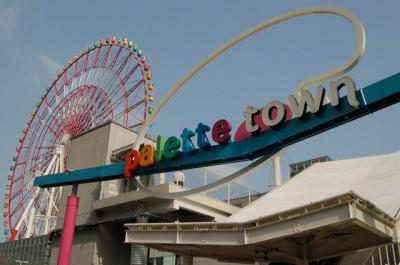
Palette Town |
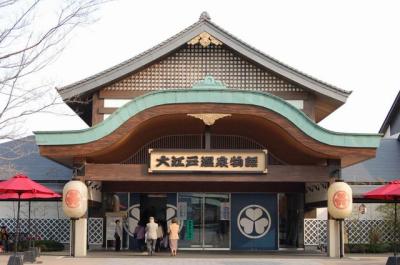
Oedo Onsen Monogatari |
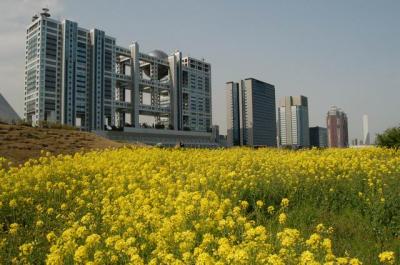
Fuji TV Headquarters |

Museum of Maritime Science |
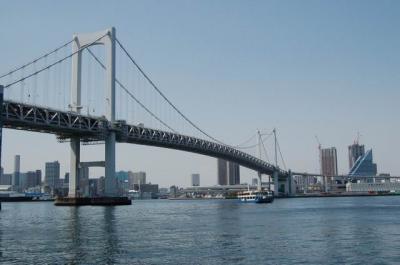
Rainbow Bridge |

Statue of Liberty |
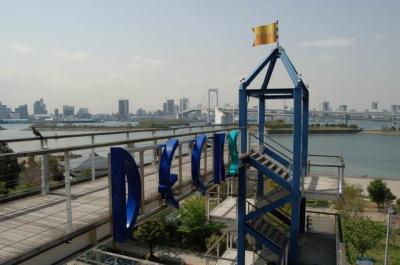
Decks |
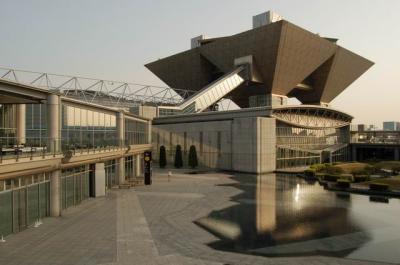
Kokusai Tenjijo |
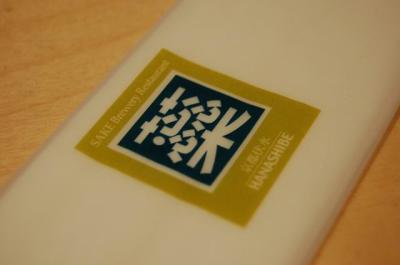
Aqua City |
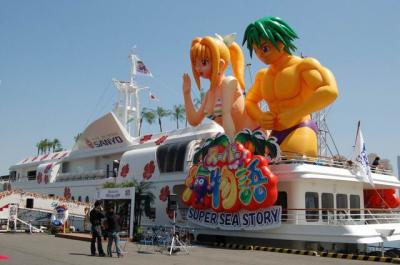
Around Odaiba |
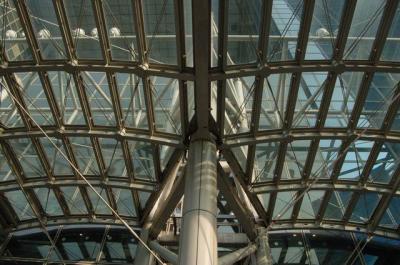
Telecom Center |
| comment | share |